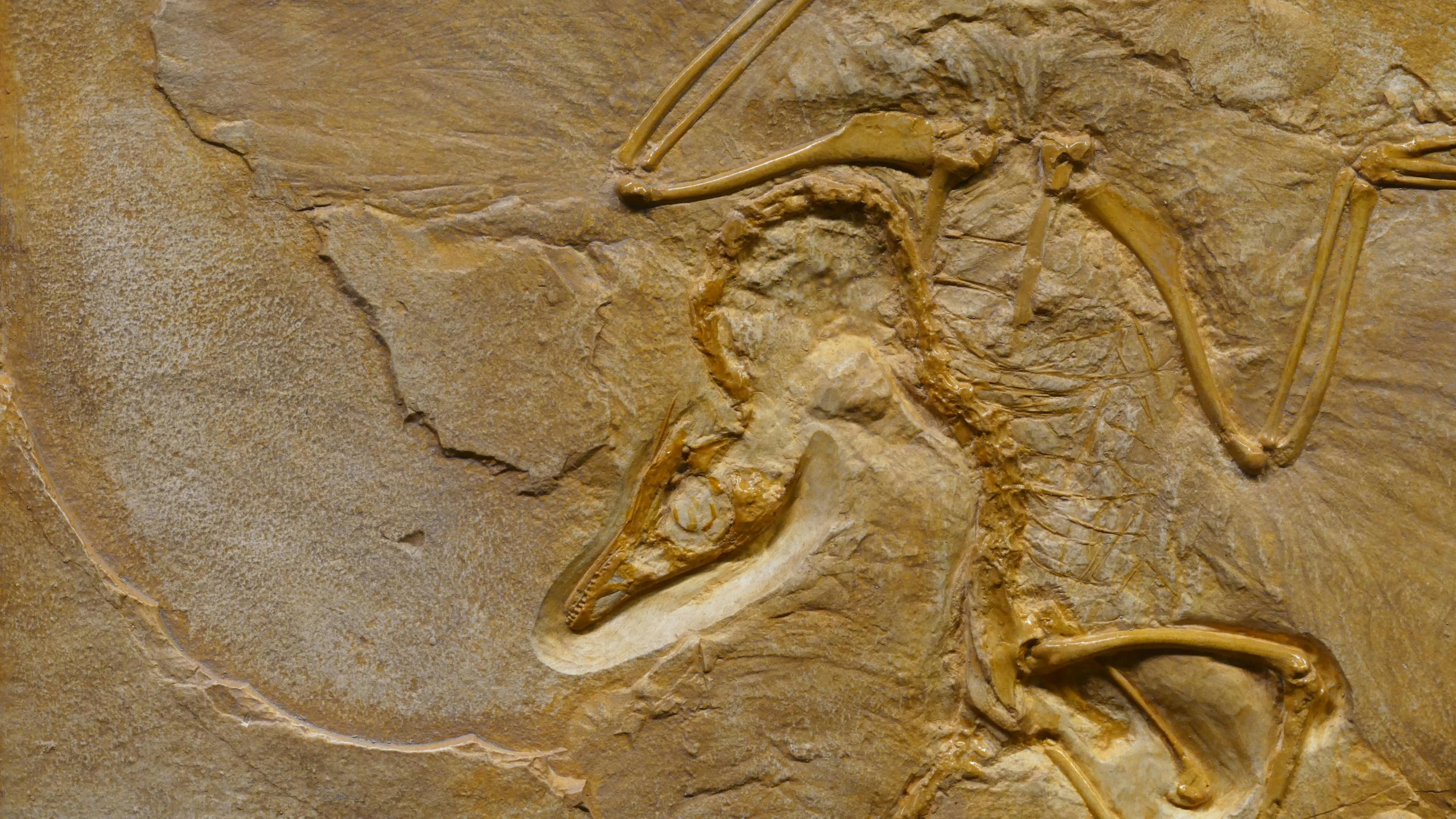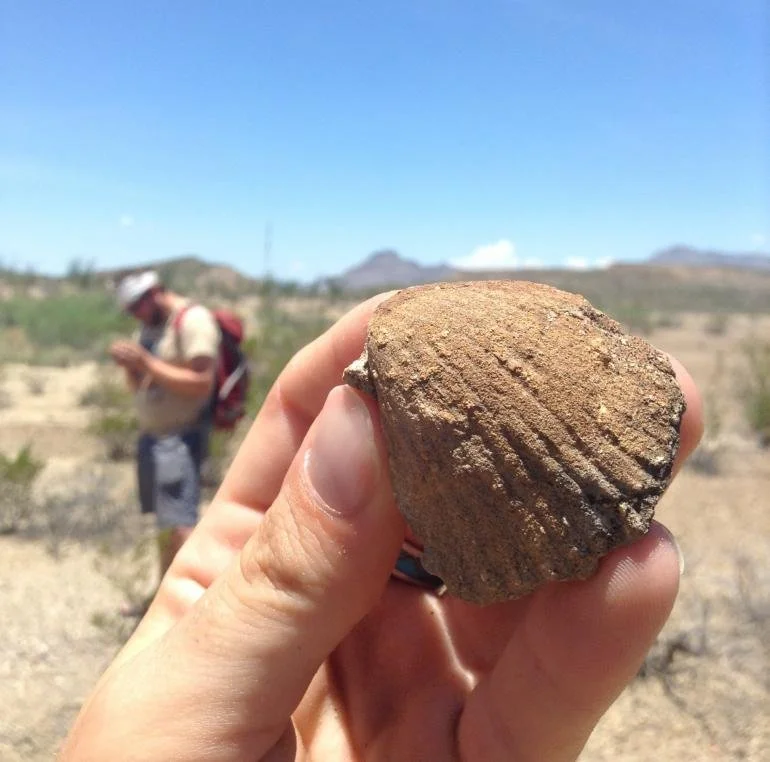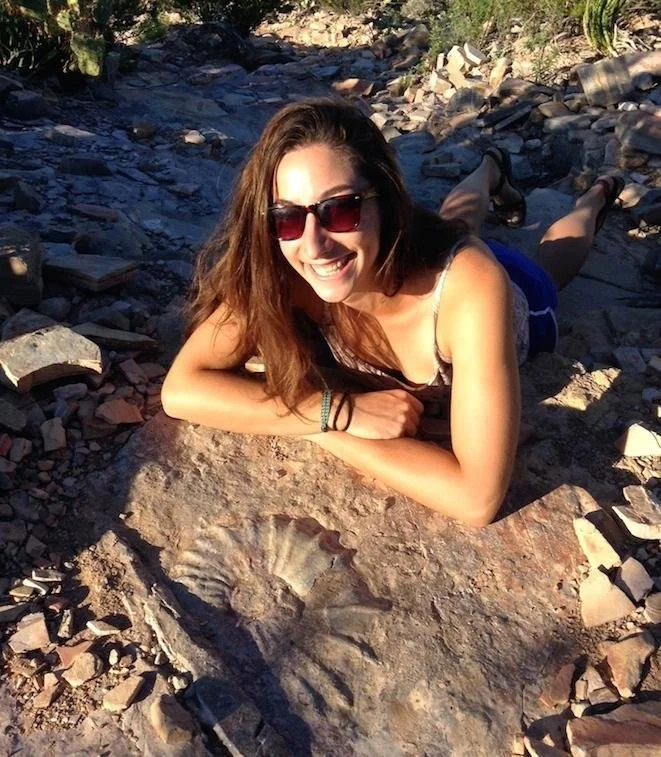
Fossils in The Wild
Rich Array of Geological Diversity
The Story of Prehistoric Life
Big Bend National Park contains a rich array of geological diversity. The rugged volcanic cliffs of the Chisos Mountains and the colorful desert of Tornillo Flats provide scenic beauty, while the fossils found throughout the park tell the story of prehistoric life during the past 130 million years.
Many fossils have been found in the park by scientists while conducting research, including dinosaurs such as the horned dinosaurs, Agujaceratops and Bravoceratops, and the largest flying pterosaur, Quetzalcoatlus.
Evolution of Species
Along with the impressive dinosaur fossils found at Big Bend, there is also the record of 65 million years of early mammal evolution. Early mammals found in the park include the brontothere Megacerops and the hippo-like Coryphodon, as well as early primates.
In addition to the vertebrates that are found in the park, countless invertebrate fossils can be seen. Invertebrate creatures such as echinoids (urchins), crustaceans (crabs and shrimp), and various mollusks (ammonites, snails, clams, oysters, squids, etc.) thrived in the warm marine waters that covered Big Bend 130-83 million years ago, and their remains are preserved in the rocks.
Places to See Invertebrate Fossils
-

Hot Springs Trail
This trail takes you through the Boquillas Formation, Buda Limestone, and Santa Elena Limestone. There is a large ammonite in the trail tread, so keep your eyes peeled.
-

Santa Elena Canyon Nature Trail:
The formations that are seen in the canyon are Glen Rose Limestone, Telephone Canyon Formation, Del Carmen Limestone, Sue Peaks Formation, Santa Elena Limestone and Del Rio Clay. Trail signs point out the invertebrate fossils in the canyon wall.
-

Rio Grande Overlook and Trail
There are Exogyra oysters from the Santa Elena Limestone visible in the trail tread.
If You Find a Fossil…
You can see many of the above mentioned fossils, as well as others, on various trails as you explore the park. However, fossils are irreplaceable and scientifically important, and fossils on park lands belong to the people of the United States of America. If you find a fossil, enjoy the excitement and joy of your discovery, but please leave the fossils where you find them so others can experience their own fossil discovery. The fossils that you find may be critical to understanding the history of life on our planet..
-
Record the location (trail name, local landmarks, and/or GPS coordinates).
-
Provide a description of the fossil (length, width, color, texture, shape), preferably with a sketch or a photo containing an object for scale.
-
Report the find to the rangers at any visitor center.





